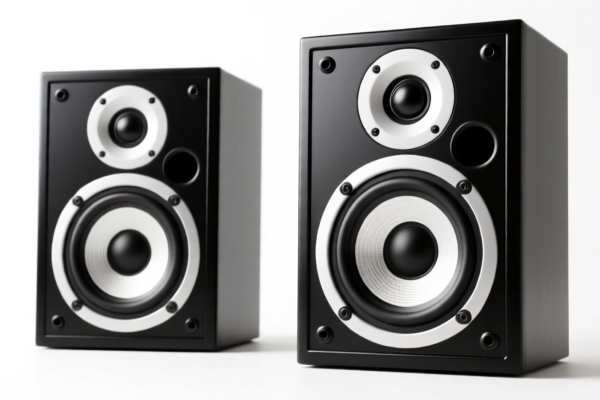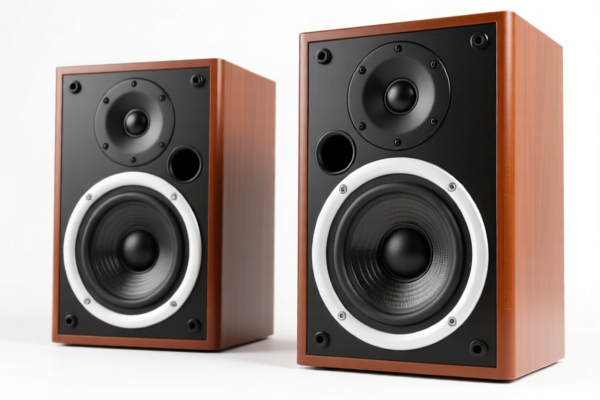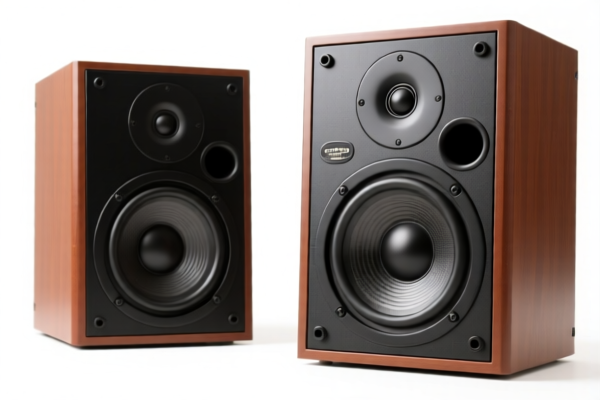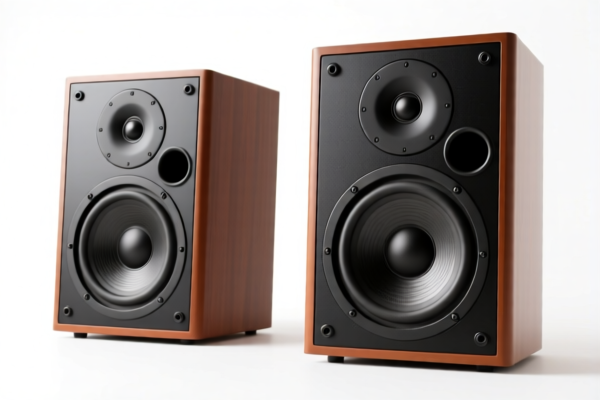| HS Code | Official Doc | Tariff Rate | Origin | Destination | Effective Date |
|---|---|---|---|---|---|
| 8518402000 | Doc | 30.0% | CN | US | 2025-05-12 |
| 8543709810 | Doc | 57.6% | CN | US | 2025-05-12 |
| 8543906500 | Doc | 55.0% | CN | US | 2025-05-12 |
| 9032896085 | Doc | 56.7% | CN | US | 2025-05-12 |
| 9032896075 | Doc | 56.7% | CN | US | 2025-05-12 |
| 9030400000 | Doc | 55.0% | CN | US | 2025-05-12 |




Power Amplifier
A power amplifier is an electronic amplifier that increases the power of a signal. It does this by converting power from a power supply to a signal, and delivers that signal to a load. Unlike voltage or current amplifiers which focus on manipulating voltage or current levels, power amplifiers are concerned with delivering substantial power to drive a load, typically a loudspeaker, antenna, or other power-consuming device.
Material Composition
Power amplifiers are constructed from a variety of semiconductor materials, chosen based on frequency, power level, and cost considerations. Common materials include:
- Silicon (Si): Most common for low to medium power applications, particularly in audio amplifiers. Offers good performance and affordability.
- Germanium (Ge): Historically used, now less common due to temperature sensitivity.
- Gallium Arsenide (GaAs): Used in high-frequency applications, such as radio transmitters, due to its superior speed and efficiency.
- Silicon Carbide (SiC) & Gallium Nitride (GaN): Increasingly used in high-power, high-frequency applications (e.g., 5G infrastructure) due to their high breakdown voltage, high switching speed, and thermal conductivity.
- Discrete transistors (Bipolar Junction Transistors - BJTs, Field-Effect Transistors - FETs): Used in some designs for high power and robustness.
- Integrated Circuits (ICs): Common in lower to medium power applications, offering compactness and integration of multiple functions.
Other key materials include copper (for heat sinks and wiring), aluminum (for chassis and heat sinks), and various PCB materials (FR-4, etc.).
Purpose and Function
The primary purpose of a power amplifier is to increase the amplitude of an input signal, allowing it to drive a load with sufficient power. This is achieved through several key functions:
- Amplification: Increasing the signal's voltage, current, or both.
- Impedance Matching: Optimizing the transfer of power from the amplifier to the load by matching the output impedance of the amplifier to the input impedance of the load. This minimizes reflections and maximizes power delivery.
- Signal Reproduction: Maintaining the fidelity of the original signal while increasing its power. This is crucial in audio applications.
- Efficiency: Converting as much power from the power supply as possible into the signal delivered to the load, minimizing waste heat.
Usage Scenarios
Power amplifiers are employed in a wide range of applications:
- Audio Systems: Driving loudspeakers in home stereos, public address systems, musical instrument amplifiers, and professional sound reinforcement systems.
- Radio Transmission: Increasing the power of radio frequency (RF) signals for broadcasting, mobile communications (cell towers), and wireless networking.
- Radar Systems: Generating high-power pulses to transmit radar signals.
- Industrial Heating: Driving high-power RF signals for industrial heating processes.
- Scientific Research: Used in particle accelerators and other scientific instruments.
- Telecommunications: Amplifying signals in fiber optic communication systems.
Common Types
Power amplifiers are classified based on their operating class, which determines their efficiency and linearity:
- Class A: Provides the highest linearity but lowest efficiency (typically < 50%). The transistor is always on, conducting current even with no input signal.
- Class B: Offers improved efficiency (up to 78.5%) compared to Class A, but suffers from crossover distortion. The transistor is only on for half of the input signal cycle.
- Class AB: A compromise between Class A and Class B, offering good linearity and efficiency (up to 78.5%). The transistor is biased to conduct current for more than half of the input signal cycle.
- Class C: Offers the highest efficiency (up to 100%) but suffers from significant distortion. Used in RF applications where distortion is less critical.
- Class D: Utilizes pulse-width modulation (PWM) to switch the transistor on and off rapidly, achieving very high efficiency (up to 90% or higher). Commonly used in audio amplifiers and switching power supplies.
- Linear Amplifiers: Generally refers to Class A or AB amplifiers designed for high fidelity applications.
- RF Power Amplifiers: Designed for high-frequency applications, often using GaAs or GaN transistors.
The declared goods, a power amplifier machine, are electrical machines designed to increase the power of electrical signals. These are typically used in audio systems, telecommunications, and various industrial applications to boost signal strength.
The following HS codes are relevant based on the provided information:
-
8518402000: This HS code covers microphones and stands therefor; loudspeakers, whether or not mounted in their enclosures; headphones and earphones, whether or not combined with a microphone, and sets consisting of a microphone and one or more loudspeakers; audio-frequency electric amplifiers; electric sound amplifier sets; parts thereof: Audio-frequency electric amplifiers: Other. This is a direct match for audio-frequency electric amplifiers, which includes power amplifiers. The first two digits, '85', indicate electrical machines and apparatus. '18' specifies sound recording or reproducing apparatus, and '40' further defines audio-frequency amplifying equipment. The final '2000' denotes 'Other' within this category. The total tax rate is 30.0%.
-
8543709810: This HS code covers electrical machines and apparatus, having individual functions, not specified or included elsewhere in this chapter; parts thereof: Other machines and apparatus: Other: Other: Amplifiers. This code is applicable if the power amplifier is classified as a machine with individual functions not specifically covered elsewhere. '85' signifies electrical machines and apparatus, '43' denotes electrical machines and apparatus having individual functions, '70' specifies other machines and apparatus, and '9810' further defines 'Other: Amplifiers'. The total tax rate is 57.6%.
-
9032896085: This HS code covers automatic regulating or controlling instruments and apparatus; parts and accessories thereof: Other instruments and apparatus: Other: Other. If the power amplifier incorporates automatic regulation or control features, this code may be applicable. '90' indicates optical, precision, medical, surgical, dental, veterinary instruments, and apparatus; '32' specifies automatic regulating or controlling instruments and apparatus; '89' denotes other instruments and apparatus, and '6085' further defines 'Other: Other'. The total tax rate is 56.7%.
Regarding HS code 8518402000, please note that the addtional tariff will be 30% after April 2, 2025.
Customer Reviews
No reviews yet.